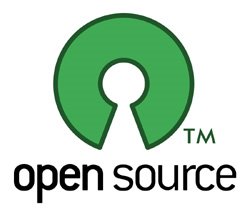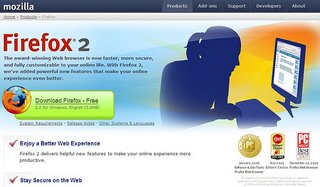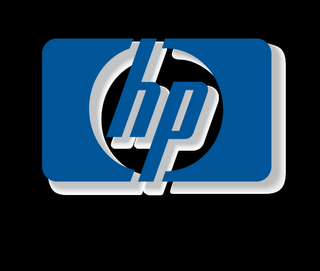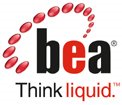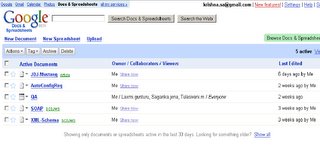
Happy birthday to you – Steve, this is your day.
On this day for you we’re gonna love you in every way.
This is your day, your day, happy birthday to you, to you, to you.
Happy birthday to you, you’re still young.
Age is just a number, don’t you stop having fun.
This is your day, your day, happy birthday to you.
This day only comes once every year,
Because you’re so wonderful with each and everything you do, hey!
Happy birthday to you, this is your day.
On this day for you were gonna love you in every way.
This is your day, your day, happy birthday to you, to you.
This day is only for you, because you’re so special in every way,
Happy birthday to you and thanks for the Apple iPhone!
Steve Jobs, Business Personality
- Born: 24 February 1955
- Birthplace: San Francisco, California
- Best Known As: The co-founder of Apple Computers
Steve Jobs was a college dropout when he teamed up with Steve Wozniak in 1976 to sell personal computers assembled in Jobs’ garage. That was the beginning of Apple Computers, which revolutionized the computing industry and made Jobs a multimillionaire before he was 30 years old. He was forced out of the company in 1985 and started the NeXT Corporation, but returned to his old company in 1996 when Apple bought NeXT. Jobs soon became Apple’s chief executive officer and sparked a resurgence in the company with products like the colorful iMac computer and the iPod music player. Jobs is also the CEO of Pixar, the animation company responsible for movies like Toy Story and Monsters, Inc. Pixar was purchased by the Walt Disney Company in 2006 for $7.4 billion in stock; the deal made Jobs the largest individual shareholder of Disney stock.
Some sources list Los Altos, California as Jobs’s place of birth. However, in a 1995 oral history interview with The Smithsonian, Jobs said, “I was born in San Francisco, California, USA, planet Earth, February 24, 1955.” Jobs was given up for adoption after birth and raised by his adoptive parents in Silicon Valley… His biological sister is novelist Mona Simpson, author of Anywhere But Here.

 , a stealth natural language processing search engine. Last week they released their first "Query of the week"
, a stealth natural language processing search engine. Last week they released their first "Query of the week" . Today we discovered that Powerset is launching Powerlabs (screenshot below), plus we got our hands on a second query. read full article
. Today we discovered that Powerset is launching Powerlabs (screenshot below), plus we got our hands on a second query. read full article



















